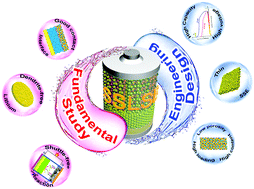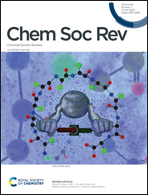Towards high-performance solid-state Li–S batteries: from fundamental understanding to engineering design
Abstract
Solid-state lithium–sulfur batteries (SSLSBs) with high energy densities and high safety have been considered among the most promising energy storage devices to meet the demanding market requirements for electric vehicles. However, critical challenges such as lithium polysulfide shuttling effects, mismatched interfaces, Li dendrite growth, and the gap between fundamental research and practical applications still hinder the commercialization of SSLSBs. This review aims to combine the fundamental and engineering perspectives to seek rational design parameters for practical SSLSBs. The working principles, constituent components, and practical challenges of SSLSBs are reviewed. Recent progress and approaches to understand the interfacial challenges via advanced characterization techniques and density functional theory (DFT) calculations are summarized and discussed. A series of design parameters including sulfur loading, electrolyte thickness, discharge capacity, discharge voltage, and cathode sulfur content are systematically analyzed to study their influence on the gravimetric and volumetric energy densities of SSLSB pouch cells. The advantages and disadvantages of recently reported SSLSBs are discussed, and potential strategies are provided to address the shortcomings. Finally, potential future directions and prospects in SSLSB engineering are examined.

- This article is part of the themed collections: Battery science and technology – powered by chemistry and Electrochemistry in Energy Storage and Conversion


 Please wait while we load your content...
Please wait while we load your content...